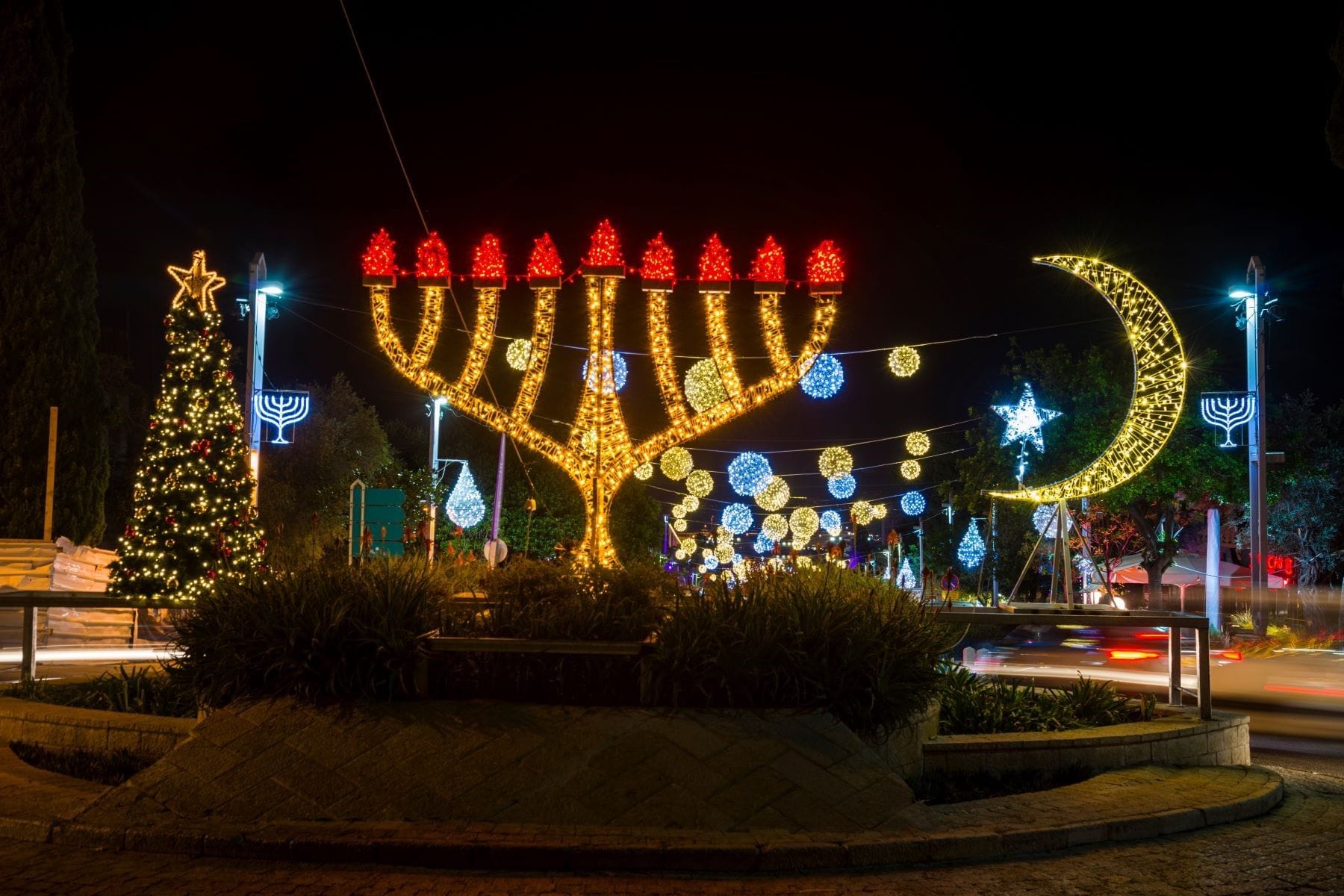The Menorah in the Square: A Hanukkah Display Sparks a Landmark Legal Battle
A 1989 Supreme Court case over holiday displays—menorah, Nativity, and tree—shaped the balance of religious freedom and secular inclusivity in public spaces.
Updated on
In 1989, a menorah display in Pittsburgh, Pennsylvania, became the center of a significant legal battle over religious expression during the holidays. The dispute arose when the Chabad-Lubavitch, a Jewish organization, placed a large menorah in front of the Allegheny County Courthouse alongside a Christmas tree and a Nativity scene. While some viewed the display as a celebration of diversity during the holiday season, others argued that it violated the Establishment Clause of the First Amendment, which prohibits government endorsement of religion.
The case, County of Allegheny v. American Civil Liberties Union (ACLU), eventually reached the U.S. Supreme Court, leading to a landmark decision on the delicate balance between religious freedom and the separation of church and state during the holiday season.
The Legal Challenge: Religious Symbols in Public Spaces
The ACLU filed a lawsuit challenging the menorah and the Nativity scene, arguing that their placement on government property represented unconstitutional endorsement of religion. The case centered on two key issues:
- The Nativity Scene: Displayed inside the courthouse, the creche was accompanied by a banner proclaiming “Glory to God in the Highest.” The ACLU argued this was a clear endorsement of Christianity.
- The Menorah and Christmas Tree: Outside the courthouse, the menorah stood next to a Christmas tree. The ACLU contended that this display also had religious implications, despite its more diverse representation.
In response, Chabad and the county argued that the displays were secular celebrations of the winter holidays and that removing them would infringe on the free exercise of religion.
The Supreme Court’s Decision: A Split Verdict
The Supreme Court issued a nuanced ruling in County of Allegheny v. ACLU, distinguishing between the two displays:
- The Nativity Scene: The Court held that the Nativity scene violated the Establishment Clause because it was displayed prominently inside the courthouse and conveyed an unmistakable message of government endorsement of Christianity.
- The Menorah and Christmas Tree: In a more divided decision, the Court ruled that the outdoor display was permissible. Justice Sandra Day O’Connor emphasized that the menorah and tree, when displayed together, symbolized a pluralistic approach to the holidays and did not amount to an endorsement of Judaism or Christianity.
This split decision underscored the complexities of balancing religious expression with constitutional restrictions, particularly during a season steeped in cultural and religious traditions.
The Broader Implications: Lessons for the Holiday Season
The ruling in County of Allegheny v. ACLU has had far-reaching implications for public holiday displays:
- Inclusivity and Diversity: The decision encouraged municipalities to include diverse symbols in public displays to reflect a range of traditions, fostering a more inclusive holiday atmosphere.
- Guidelines for Public Displays: The case established that context matters—religious symbols can be permissible if presented in a way that emphasizes their cultural, rather than purely religious, significance.
- Ongoing Debates: The ruling didn’t end disputes over religious displays. Similar cases continue to arise, highlighting the ongoing tension between celebrating faith traditions and upholding constitutional principles.
What’s Next?
More than three decades later, the lessons of County of Allegheny still resonate. Public holiday displays remain a joyful but legally sensitive tradition, requiring careful navigation of constitutional boundaries. For attorneys, the case serves as a fascinating study in constitutional law, illustrating how the judiciary balances competing rights during a season meant to bring people together.
This Hanukkah, as menorahs light up public spaces across the country, the County of Allegheny case reminds us of the importance of inclusivity and the delicate interplay between tradition and law. It’s a testament to how legal decisions can shape our collective celebration of the holidays while preserving the principles of fairness and freedom for all.


